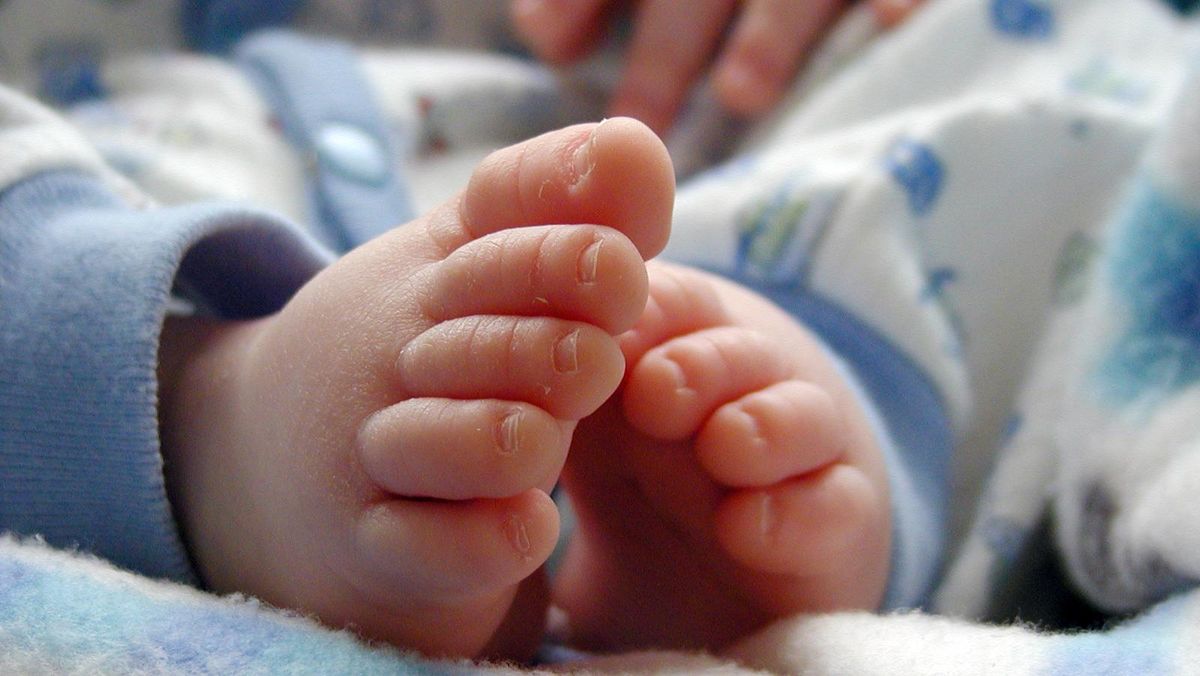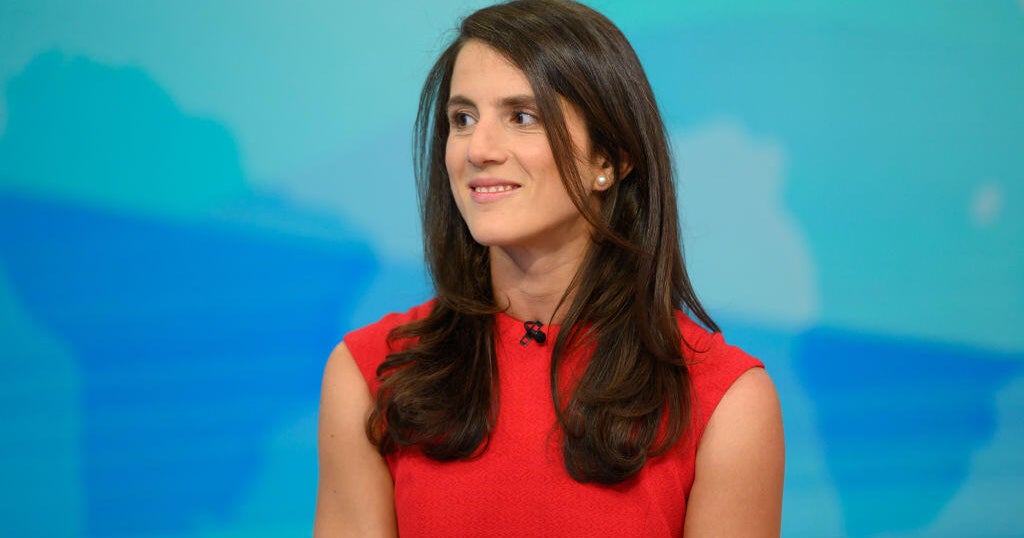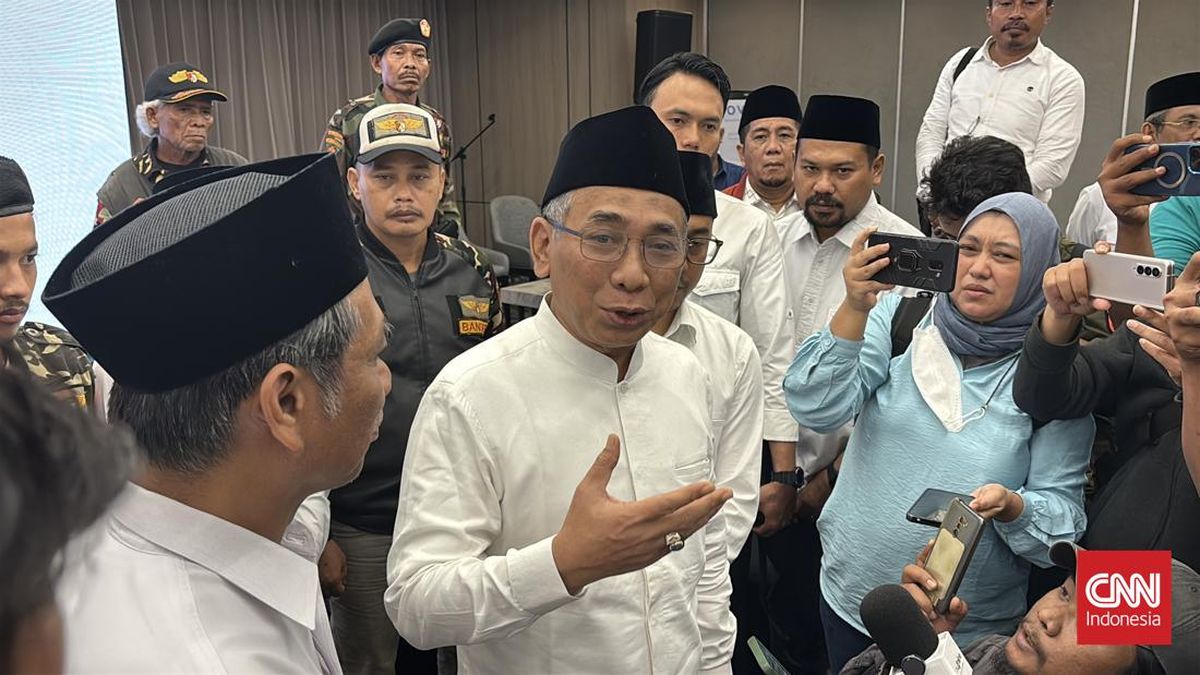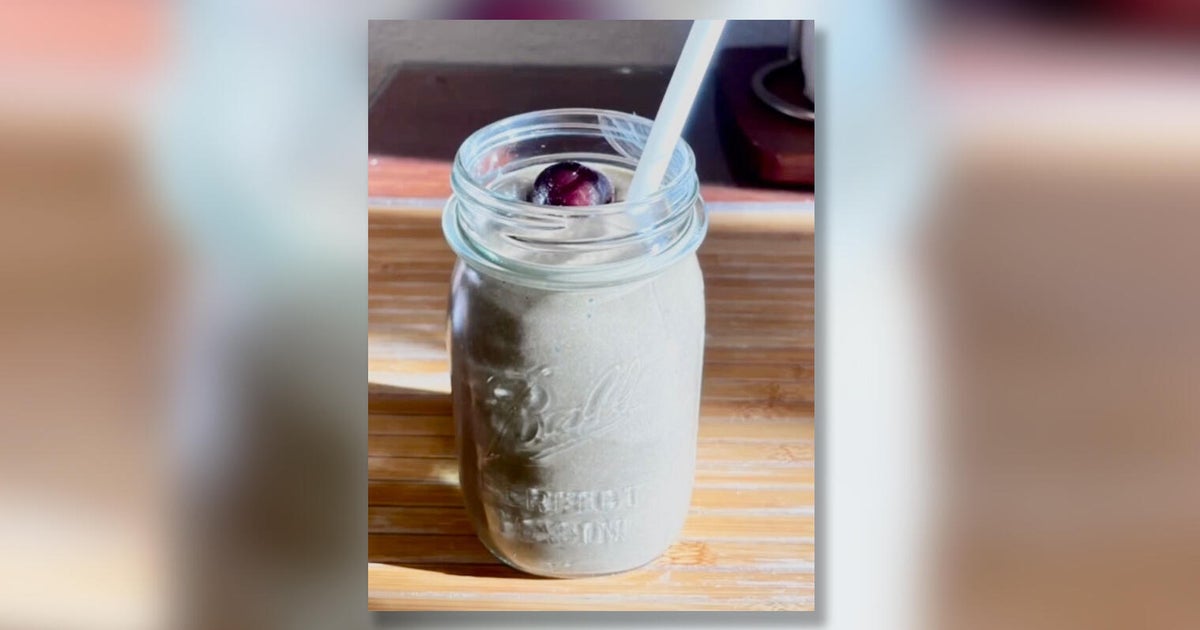Fertility technology has leapt ahead since the first IVF birth in Australia in 1980, but one significant barrier for would-be mothers remains: age.
One in 16 babies nationally is now born with the help of IVF, or 17,963 babies in 2022, but a key to likely success continues to be how old the woman is when her eggs are retrieved to create embryos, which some fertility specialists say is still not well enough understood.

Alana Jones, who has frozen 50 of her eggs, hopes to have a baby using mitochondrial donation to avoid passing on a rare genetic condition.Credit: Simon Schluter
As the IVF industry undergoes heavy scrutiny and new regulation after devastating embryo bungles, claims of exaggerated success rates and expensive add-ons that are not clinically proven, scientists at one large provider have produced what they believe will give women “more transparency” about egg freezing.
The number of Australian women freezing their eggs, at a cost of $5000 to $10,000 a cycle, has increased dramatically in the past 10 years. Nearly 7000 women froze their eggs in 2022, up from 3642 in 2020, and multiple collection cycles are often recommended.
There are more than 100,000 eggs frozen via 100 clinics nationally, but relatively few women have yet returned to use them, the primary reason being that women fall pregnant spontaneously, says longtime Monash University fertility researcher Karin Hammarberg.
A large American study published in the journal Fertility and Sterility in 2022 found the pregnancy rate from frozen eggs is not as good as many women think, and some patients are overly optimistic.
Loading
Professor David Gardner, of Virtus Health and the University of Melbourne, has co-developed a calculation tool designed to provide evidence-based estimates of women’s chance of having a baby with their thawed eggs, which is intended to help women decide if the process is for them, when to time it and how many cycles to have.
The tool carries a disclaimer that women’s medical profiles should be considered, but provides an overall estimate based on three data sets capturing final live birth rates from frozen eggs. Two of the studies are international and the third parcel of data is compiled from the known outcomes of 5180 thawed eggs in Australia – but not presented as a peer-reviewed study.
Using the combined data, women can add their age and the number of eggs that have been retrieved and receive estimates of the likelihood of them having at least one, or at least two, children using their eggs.

Fertility specialist Dr Raelia Lew said women want more transparency around egg freezing success.
“The calculator presents three separate estimates based on distinct data sources,” said Gardner.
“Two are drawn from peer-reviewed published studies [one Spanish and one American], while the third is based on aggregated clinical outcomes from Virtus Health’s IVF clinics, reflecting real-world data from a large, contemporary Australian patient population.”
The calculator models outcomes across egg thawing, fertilisation, embryo development, transfer and implantation, “and is statistically adjusted for complex patient profiles”, he said.
The two large international studies were conducted in 2016, before the rapid-freezing method vitrification was in use. It dramatically increases egg survival rates after thawing and has led to higher live birth rates.
Loading
The calculator illustrates that women who freeze eggs younger and have more eggs frozen have much better odds of having babies with them, but longtime researcher, Karin Hammarberg, says younger women are the least likely to return to use their eggs.
“Only about 11 per cent of women return to use their eggs ... and the younger the woman is when she freezes her eggs, the less likely she is to ever use them,” she said.
“The bottom line is that younger women with more stored eggs have the greatest chance but are also the ones least likely to ever need or use their eggs.”
She said the calculator showed contemporary success rates at Virtus clinics, including Melbourne IVF, were better than those reflected in the international studies, but that up-to-date data from other Australian clinics could be comparable.
Melbourne IVF medical director Dr Raelia Lew said women wanted more transparency about egg-freezing success rates, but that awareness of age-related fertility decline remained low.
“The best thing I can do for my patients who freeze their eggs is counsel them realistically,” she said. “This [calculator] is about realistic counselling, not convincing more women to freeze eggs; it’s about helping women who freeze eggs to create a resource that is meaningful to them.”
The calculator is the first of two to be available to Australian women; Melbourne University researchers are studying what information women want about egg freezing. That data will be used to create a calculator being developed by the Australian and New Zealand Assisted Reproduction Database, run by the University of Sydney.
Although she works in health communications, Alana Jones, 36, recalls feeling shocked when she saw a chart showing the female fertility timeline illustrating the decline in egg quality after the age of 35.
“It was very compelling seeing that data; you kind of know it, but when you actually see the graph, like a dramatic drop-off, it’s quite staggering,” she said.
At age 36, women have half the chance of conceiving naturally that they would have had at age 20. By the age of 41, the rate per month of conception among couples trying falls to 4 per cent.
Jones learnt in her early 30s that she had inherited a rare genetic disorder affecting the “powerhouse” of human cells, the mitochondria, from her mother. She froze 50 of her eggs at the age of 34, intending to use them when Australia’s planned mitochondrial donation scheme begins.
“This condition is maternally inherited. My mum had it, and she died from this disease. So finding out that I … would be guaranteed to pass it on to my child is not something I was willing to do after watching Mum suffer for so long,” Jones says.
“I wouldn’t be willing to have children without this process, I just couldn’t pass on this disease.”
Get the day’s breaking news, entertainment ideas and a long read to enjoy. Sign up to receive our Evening Edition newsletter.
Most Viewed in National
Loading


















































